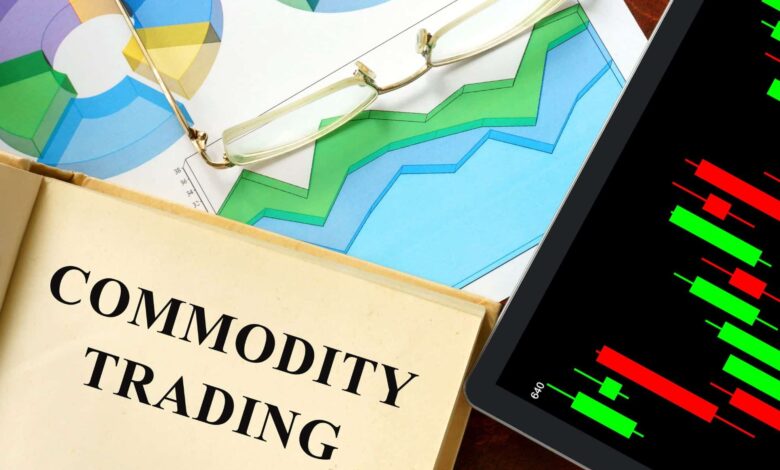Commodities That Gain Strength When Inflation Runs Hot

When inflation rises, most assets feel the pressure. But in the commodities space, the story is often different. Some commodities tend to benefit from the same economic stress that hurts stocks and bonds. For traders and investors involved in commodities trading, knowing which assets to watch during inflationary periods can create opportunities when others are scrambling for safety.
Why Commodities React Differently to Inflation
Inflation occurs when the general level of prices for goods and services increases, reducing purchasing power. This is often caused by rising costs of raw materials, labor shortages, increased demand, or supply chain disruptions. Commodities sit at the very start of that economic chain, which is why they tend to rise when inflation spikes.
Unlike currency-based assets that lose value over time, commodities have intrinsic value. They are real, physical goods that reflect what people and industries need. That makes them a natural hedge against inflation and an essential component in many long-term trading strategies.
Gold Remains the First Line of Defense
Gold has a long history as a store of value. When inflation climbs, central banks may lose control of monetary stability, leading investors to seek protection. Gold is often the first place they turn.
In commodities trading, gold tends to perform well when real interest rates are low or negative. Its price is also influenced by currency devaluation, especially when inflation eats into the value of fiat money. Many traders use gold to offset exposure to riskier assets or to anchor portfolios during unstable economic times.
Energy Commodities Lead the Charge
Oil and natural gas are among the most sensitive commodities during inflationary cycles. When energy costs rise, they feed directly into everything from transportation to manufacturing and agriculture. That means oil prices not only respond to inflation—they often help create it.
During periods of high inflation, demand for energy commodities can remain strong while supply chains struggle to keep up. This imbalance often leads to further price increases, giving oil and gas a central role in inflation-driven commodities trading strategies.
Agricultural Products as a Reflection of Consumer Impact
When the cost of living goes up, so do food prices. Agricultural commodities like wheat, corn, soybeans, and coffee typically experience price jumps during inflationary periods. Weather events and global supply chain issues can amplify these moves.
These products are essential to daily life, so even during recessions, demand does not fall off significantly. Instead, price pressures build at every level of production. This gives agricultural commodities a unique position as both economic indicators and trading opportunities.
Industrial Metals Often See Mixed Reactions
Metals like copper, aluminum, and nickel are closely tied to manufacturing and construction. During the early stages of inflation, when economies are still expanding, these metals often rise due to robust demand.
However, if inflation persists and economic growth slows, demand for industrial metals can decline. For commodities trading, this makes industrial metals a more tactical play. Traders may look for timing based on purchasing manager data, housing trends, or global infrastructure projects.
Commodities That Signal Deeper Trouble
Sometimes it is not the rising commodities that reveal the inflation story, but the ones that stagnate. When even typically strong assets fail to gain ground during high inflation, it can be a sign that consumer demand is weakening or that central banks are preparing drastic action.
Monitoring a broad basket of commodities offers better insight than focusing on just one or two. Prices across sectors often move in waves, and traders who understand these connections tend to spot inflection points earlier.
Adapting Your Trading Plan During Inflation Surges
Inflation changes the game. Strategies that worked in stable markets may become ineffective when price pressures rise. Volatility increases, correlations break down, and timing becomes more difficult.
That is why traders need to stay flexible. In commodities trading, using tools like trailing stops, smaller position sizes, and short-term trend confirmation can help manage the increased uncertainty.
Inflation Is Not the Enemy When You Are Prepared
For the unprepared, inflation can be a threat. But for informed traders, it presents a different kind of landscape, one full of potential. Knowing which commodities tend to strengthen in these environments can lead to smart positioning, stronger risk control, and more consistent results even when the broader market struggles.



